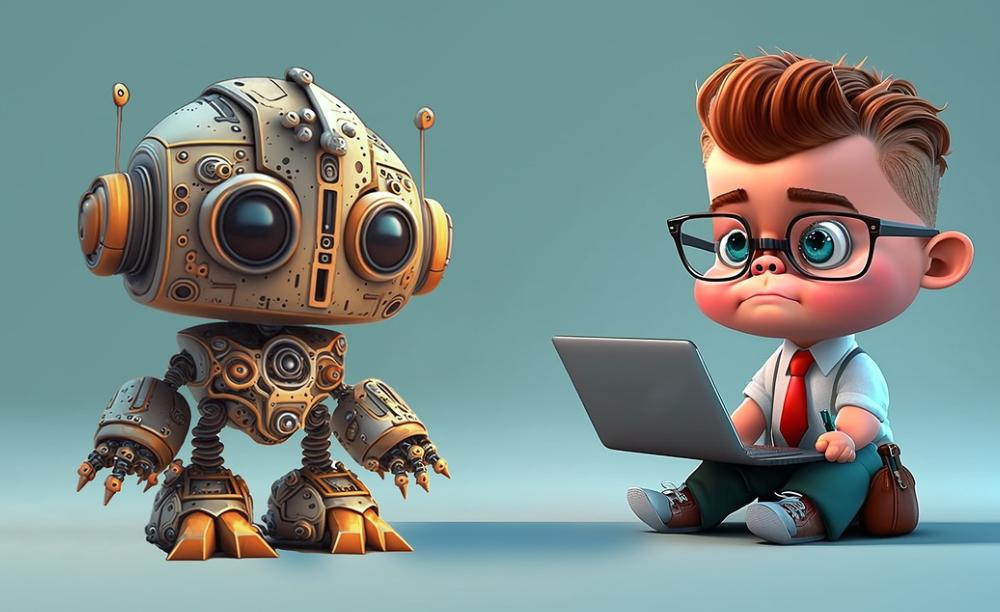
Study Warns of the Extreme Environmental Impact of ChatGPT
Researchers are looking into the environmental impact of AI, including chat GPT. As the program becomes more and more popular, just how much is it affecting the world around us in a negative way?
If you haven’t used ChatGPT yet, it really is interesting how you can ask almost any question and get a detailed answer within moments. It has only been around for public testing since November, but it has been used in many ways since that time.

As more and more people continue to use ChatGPT, it’s good to reflect on how it may be impacting the environment.
Just such a study was conducted by University of Colorado Riverside researchers, along with those from the University of Texas Arlington. The research looks into how much water is consumed by the AI chatbot.
Researchers looked into the ‘water footprint’ of ChatGPT and other AI models because, as of yet, they have been flying ‘under the radar.’ What they discovered is unexpected.
Does AI Really Drink Water?
ChatGPT and other forms of AI may not drink water in the same way as humans (not yet, at least), but the data centers that drive the AI do use clean, fresh water.
The water is used by chatbots to cool the massive racks of servers and to generate electricity. Those servers are located around the world in many data centers.

In order to answer questions asked by users, those computers train algorithms that perform individual tasks.
As a result, it is estimated that for every 20 to 50 questions that are asked in a ChatGPT session, the chatbot is ‘drinking’ a 500 mL bottle of water.
This may not seem excessive, but considering the fact that billions of people are using ChatGPT worldwide, researchers say that the ‘water footprint for inference is still extremely large.’

During the training process for GPT-3, for example, Microsoft may have been responsible for consuming some 700,000 L of water. As GPT-4 and other future models continue to be released, it is difficult to estimate how much water could be used.
The Need for Companies to Be Responsible
The authors of the yet unpublished study would like AI companies to step up to the plate to ‘take social responsibility and lead by example.’
We are already facing difficult times with global water shortages. This includes the possibility that by the end of this decade, we may be needing 40% more fresh water than the available supply. As a result, the Global Commission on the Economics of Water is calling on industry to change the way they are using water.
The authors of the study would like more transparency from these AI systems to clearly show the environmental impact.
In the end, they said: “AI models’ water footprint can no longer stay under the radar – water footprint must be addressed as a priority as part of collective efforts to combat global water challenges.’